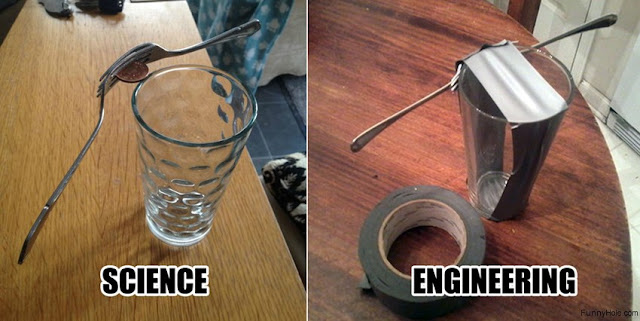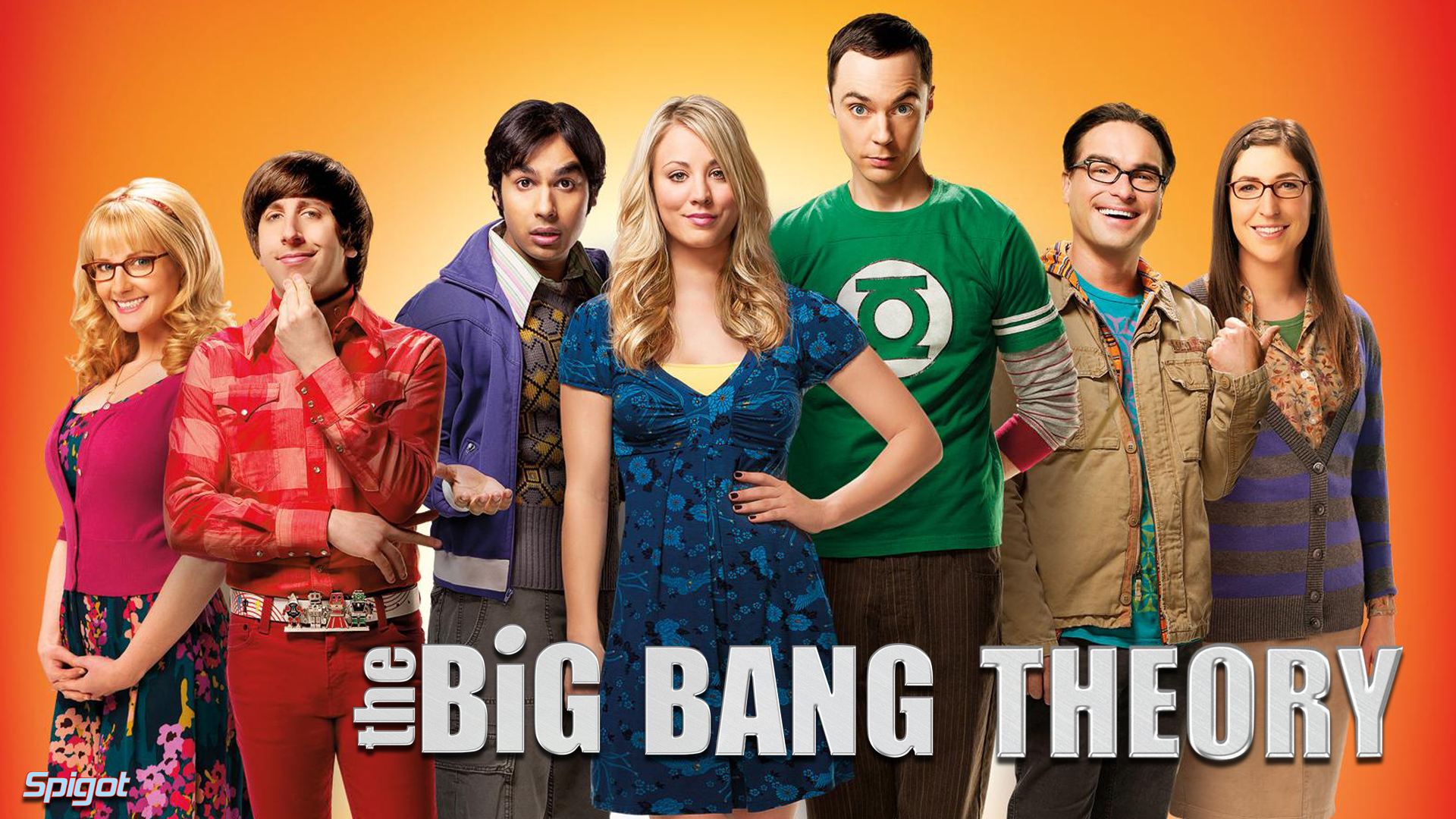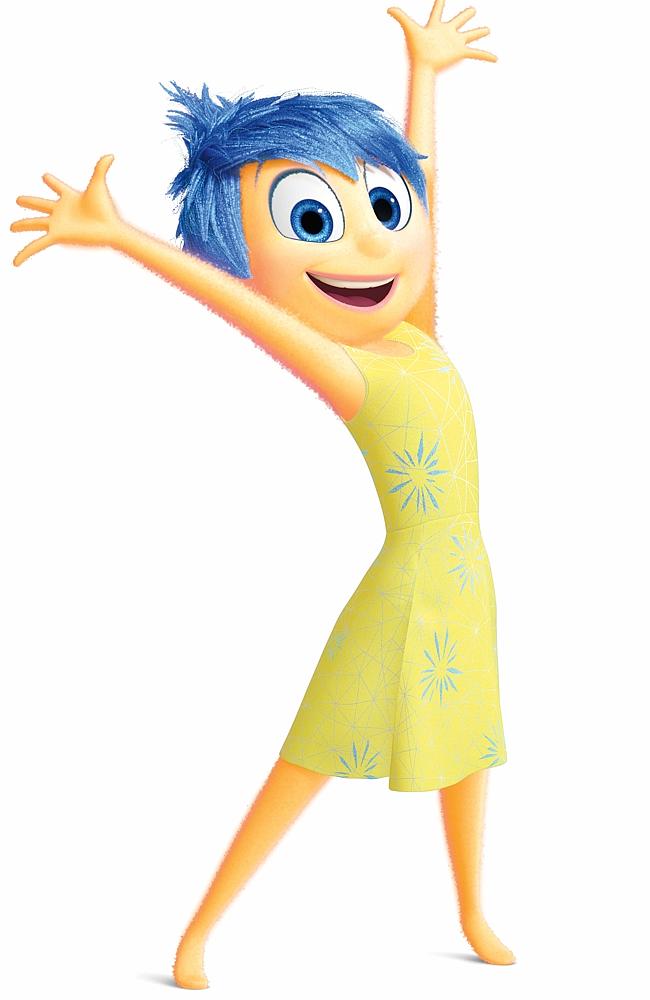I got a lot of really good feedback on my last post, "Dyspelling the Myth of White Light". So, to continue the science conversation, here is more of a thought discussion about costuming!! (If you want to continue down this track, I can show you how a hoop skirt can be graphically represented by a porabola. Because, math.)
I recently went with my parents to see the exhibit "The Science Behind Pixar Exhibition" at the California Science Center (click here to see more details!) What a fun exhibit! If you're in Southern California, and LOVE Pixar movies, I highly recommend it!
But my father (whom I deeply respect and adore, and who is himself an engineer) scoffed at the term "science". I asked him, then, what is the difference between science and engineering. His definition was this:
Science is the discovery of something new, through experimentation, and research. It is about discovering what was previously unknown.
Engineering is the application of that knowledge.
Interesting.
 |
| Snicker, snicker, snort. |
Science: The intellectual and practical activity encompassing the systematic study of the structure and behavior of the physical and natural world through observation and experiment.
Engineering: The branch of science and technology concerned with design, building, and use of engines, machines and structures.
Even more interesting.
In the real world, scientists are never called "scientists", rather they are defined by their area of focus.

To reference one of my favorite TV shows, "The Big Bang Theory" (because it's AWESOME and well deserving of all the awards it's gotten): Sheldon and Leonard are both physicists, Rajesh is an Astrophysicist, Amy is a Neurobiologist, and Bernadette is a Microbiologist. However, engineers are usually called engineers, but they are further defined by their specialty, and thus Howard is a lowly Aerospace Engineer.
 |
| Ha! Engineer jokes are always funny. :) |
To answer that question, we need to explore what costuming is. As we are all aware, costuming (which is both the designing and construction of costumes) is an art form. Some art forms, like painting, drawing, photography, etc. have fewer rules that they are required to follow. (If you can put paint to canvas, you can call it art.) Other art forms, such as architecture, have more rules to follow. (In order for the structure you are designing to stay up, or to follow city/state/federal guidelines regarding fire codes, American for Disabilities Act regulations, etc. there are quite a few more rules and laws.) Costuming, in this sense, has quite a few more rules that need to be followed. Rules such as: the person needs to be able to breathe, the person needs to be able to get in and out of the costume, and hopefully the person can do a host of other activities while wearing the costume. Historical costuming has even more rules, and it is up to the individual how strictly these rules are followed.
If science at its base relies on theory and experimentation, then this clearly applies. Since I only sew for myself, each time I make a new piece, most of the time I am making it using a new pattern, with different material. Although I often gravitate towards the same materials (premium muslin from JoAnns, Radiance cotton/silk, etc.), I often use fabrics purchased online, and you can't always be sure what you're going to get. As such, each new piece is usually an experiment. Will it work, based on my design decisions and chosen materials? Hopefully! And then making of a mockup, then is the experimental procedure. How does it go together?
However, by it's very definition, engineering is the construction of something. By that definition, the construction of a project can be considered engineering.
As a conclusion, then, costuming is both science and engineering. (Gasp!) Since with each project, you are running into problems heretofore undiscovered by previous problems, and experimenting with solutions, and then creating results! Voila!
Maybe next time I'll do a post on the hoopskirt model, and the graphic representation of a parabola. Why? Because math is awesome, and using math in sewing makes my inner child giggle. Especially when teaching sewing to tweens who think that doing math over the summer sucks. Muahahahaha!

If science at its base relies on theory and experimentation, then this clearly applies. Since I only sew for myself, each time I make a new piece, most of the time I am making it using a new pattern, with different material. Although I often gravitate towards the same materials (premium muslin from JoAnns, Radiance cotton/silk, etc.), I often use fabrics purchased online, and you can't always be sure what you're going to get. As such, each new piece is usually an experiment. Will it work, based on my design decisions and chosen materials? Hopefully! And then making of a mockup, then is the experimental procedure. How does it go together?
However, by it's very definition, engineering is the construction of something. By that definition, the construction of a project can be considered engineering.
As a conclusion, then, costuming is both science and engineering. (Gasp!) Since with each project, you are running into problems heretofore undiscovered by previous problems, and experimenting with solutions, and then creating results! Voila!
Maybe next time I'll do a post on the hoopskirt model, and the graphic representation of a parabola. Why? Because math is awesome, and using math in sewing makes my inner child giggle. Especially when teaching sewing to tweens who think that doing math over the summer sucks. Muahahahaha!

No comments:
Post a Comment